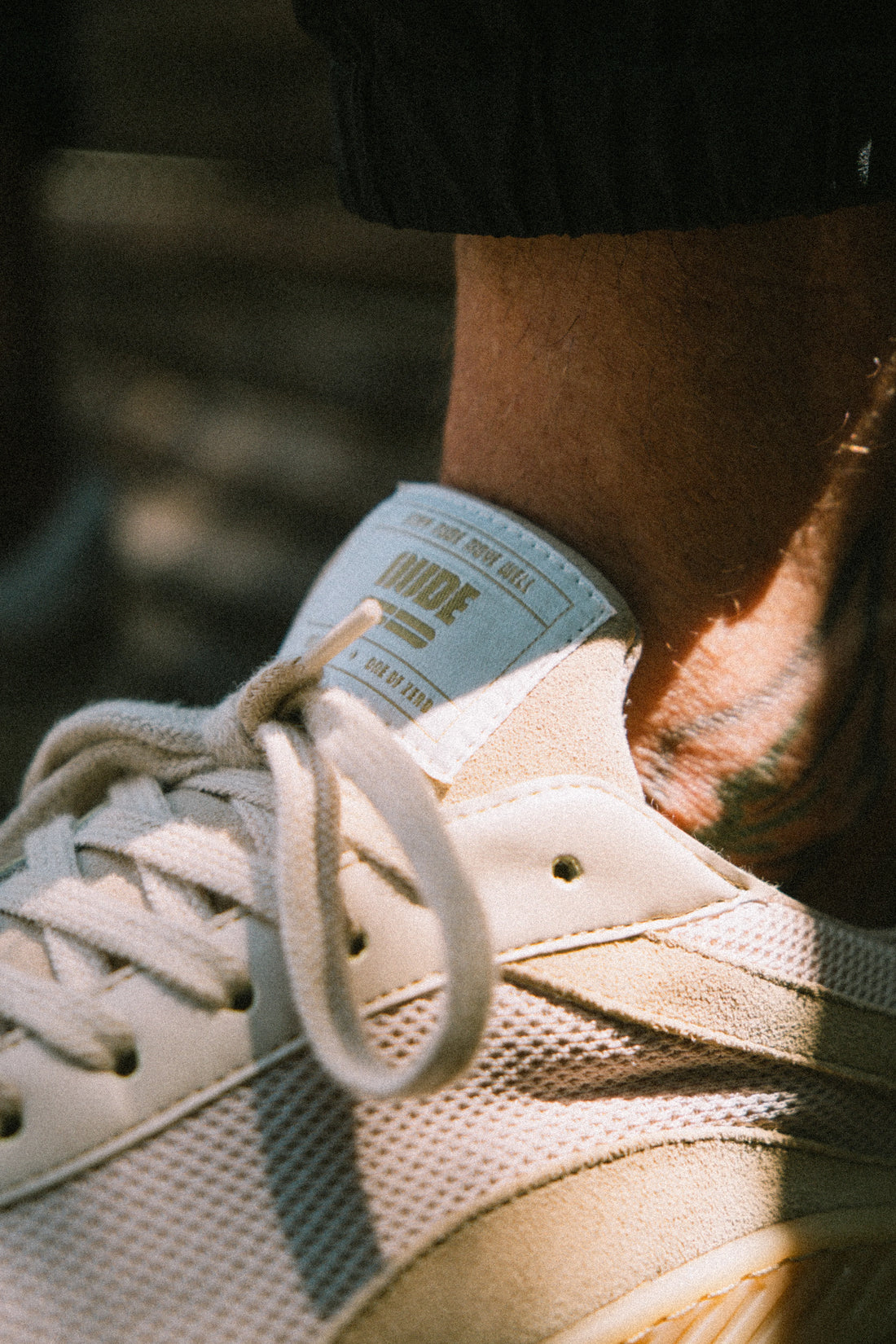
How to Make a Safe Transition to Barefoot Shoes
Switching to barefoot shoes can be one of the best decisions you make for your foot health, posture, and overall performance. But like any big change, it needs to be done gradually and with intention. If you rush into it, you risk injury, discomfort, and frustration.
In this guide, we’ll break down why barefoot shoes are worth considering, how to train with barefoot shoes safely, and tips to find the best barefoot shoe for your needs.
Why Barefoot Shoes Are Worth the Transition
Barefoot shoes are designed to mimic the natural shape and movement of the foot. Unlike traditional shoes that often have thick cushioning, elevated heels, and narrow toe boxes, barefoot shoes offer:
-
Natural foot mechanics – Your foot moves and flexes as nature intended.
-
Improved posture – Without an artificial heel lift, your spine aligns more naturally.
-
Stronger muscles – Engaging foot and lower-leg muscles that regular shoes keep dormant.
-
Better ground connection – Increased sensory feedback improves balance and stability.
Over time, these benefits can lead to improved athletic performance, reduced injury risk, and healthier movement patterns. However, the transition requires patience and a plan.
Step-by-Step: How to Transition to Barefoot Shoes Safely
Jumping straight from cushioned shoes to barefoot shoes for long runs or intense training sessions is a recipe for trouble. Here’s how to make the switch without stressing your body:
1. Start Small
Begin with 15–30 minutes of barefoot shoe use each day. Walk around the house, do light errands, or wear them for short warm-up routines at the gym.
2. Strengthen Your Feet First
Incorporate foot and ankle strengthening exercises like calf raises, toe spreads, and short barefoot walks on grass or sand. These prepare your muscles and tendons for the new demands.
3. Increase Use Gradually
Add more barefoot shoe time week by week. A good rule of thumb: increase duration or intensity by no more than 10–15% per week.
4. Listen to Your Body
Mild soreness is normal at first, but sharp pain is a sign to slow down. Pay close attention to your calves, arches, and Achilles tendon.
5. Mix with Your Regular Footwear
You don’t have to go “all barefoot” overnight. Alternate between your barefoot shoes and your current shoes until your body adapts.
Training with Barefoot Shoes
Once your feet are stronger, you can start to train with barefoot shoes in the gym, during functional workouts, or even on runs. The benefits include better lifting stability, enhanced proprioception for agility work, and more efficient running form.
Start with low-impact activities like:
-
Mobility work
-
Weightlifting (especially deadlifts and squats)
-
Short, easy runs or sprints
-
Plyometrics on soft surfaces
What Is the Best Barefoot Shoe?
The best barefoot shoe depends on your lifestyle, activities, and personal preferences. Here’s what to look for:
-
Wide toe box for natural toe splay
-
Zero drop (no heel-to-toe elevation)
-
Thin, flexible sole for ground feel
-
Lightweight and breathable materials
-
Durability suited for your activity—training, running, or casual wear
If you want something that blends function and style, consider a model designed for both training and everyday wear, so you can enjoy the benefits all day without sacrificing aesthetics.

Why The Nude Foot Is Different
While many barefoot shoes focus purely on function, The Nude Foot was created to merge performance, health, and style into one. Designed by long-time barefoot users and health experts, these shoes are built with a truly anatomical toe box, zero drop, and a flexible sole for unrestricted movement — but without sacrificing aesthetics.
They’re made in Spain using traditional craftsmanship and premium materials, so they don’t just perform well in the gym or during outdoor training; they also look sharp enough for daily wear. This means you can train with barefoot shoes in the morning and keep wearing them to work, social events, or travel without switching footwear.
The Nude Foot isn’t just another barefoot shoe — it’s a statement that you can care for your body, move naturally, and still look good doing it.
Final Thoughts
Transitioning to barefoot shoes can unlock better movement, stronger feet, and more natural biomechanics—but only if you approach it strategically. Start slow, strengthen your feet, and choose the best barefoot shoe for your needs.
Your body will thank you for making the shift the right way.
